What is a Bariatric Wheelchair?
Conventional wheelchairs don’t suit or fully accommodate all patients in terms of comfort, safety and independence. Featuring a seat 20 to 30 inches wide and able to support weights from 350 to 700 lbs., bariatric wheelchairs deliver a mobility solution for larger patients or those with specific mobility concerns and are built for hospital, rehabilitation, long-term care and in-home use.
Compared to conventional models, bariatric wheelchairs:
- Start with a heavy-duty design that’s larger than a typical wheelchair and reinforced in key areas.
- Provide larger users with a more comfortable experience, eliminating a constricted feeling and accommodating multiple seating positions in relation to their center of gravity.
- Accommodate patients living with pulmonary and cardiovascular issues, as well as osteoarthritis or a condition resulting in muscle weakness.
- Begin with a heavyweight carbon-steel frame and add PVC upholstery, plus larger arm and footrests.
- May incorporate adjustable components, including footrests, armrests and seat height and tilt.
- Come in electric and manual varieties: Manual bariatric wheelchairs are ideal if you intend to push yourself or have a caregiver transport you, and electric models are equipped with a set of controls for maneuvering the system.
- Suit individuals with a BMI of 30 or above.
Top Features of Bariatric Wheelchairs
- Cross-bracing for reinforced strength
- Rear wheels are shifted slightly forward to center gravity
- Thicker tires made with denser material to handle the increased load
- Durable carbon steel frame
- Wider seat options
- Reinforced seat material
Why Use a Heavy-Duty Wheelchair?
- Freedom
- Autonomy
- Safety
- Mobility
- Comfort
- Ample Room
- Confidence
- Comfortable support
Types of Bariatric Wheelchairs
Reclining Bariatric Wheelchairs
Example:
Drive Sentra Reclining Wheelchair with Dual Axle, STD22RBDDA, is a fully reclining model. Its hydraulic mechanism makes reclining smooth with 180-degree adjustments. It supports up to 450 lbs.
Bariatric Transport Chairs
Example:
Drive Bariatric Transport Chair With Flat Free Wheels, ATC22-R, is a very lightweight, extra-large model, weighing just 19 pounds. These attributes result in an easy-to-push wheelchair that won’t tire the user or their caregiver as quickly.
Bariatric Electric Wheelchairs (Battery Power)
Example:
Trident HD Heavy Duty Power Chair by Drive, 2850HD, is a motorized electric model with a 22- or 24-inch semi-reclining seat and has a weight capacity of 400 to 450 pounds.
Selecting the Right Bariatric Wheelchair
Ask yourself the following questions to determine the right bariatric wheelchair for your or the patient’s lifestyle and needs:
- How much time will be spent in the chair?
- What activities will the bariatric wheelchair be used for?
- Does the user want electric power?
- How much does the user weigh?
- What is the weight capacity of the chair?
- User height
- User leg length
- Arm usage
User Seat Size Measuring Tips
The user should measure themselves from hip to hip and from shoulder to shoulder. A wheelchair needs to be wide enough to accommodate the user's arms, so that they have enough freedom to move and feel comfortable. It also cannot be so wide that the user slides around or does not have adequate arm support.
Frequently Asked Questions
Frequently Asked Questions
Who is a bariatric wheelchair for?
It is a wheelchair for large bodies that are more than 100 pounds overweight or heavier than 350 pounds.
What size is a bariatric wheelchair?
This type is generally the same height as standard chairs but the seat is wider, typically between 20 to 30 inches.
What is the weight limit of a heavy-duty wheelchair?
The weight limit will depend on the model. The weight capacity ranges from 500 pounds to 700 pounds.
How wide is an extra-wide wheelchair?
To be classified as an extra-wide wheelchair, the seat ranges from 20 to 30 inches.


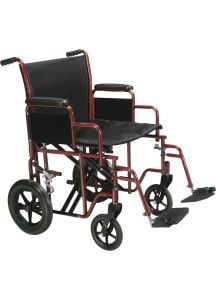
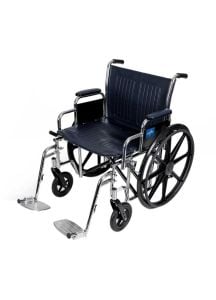
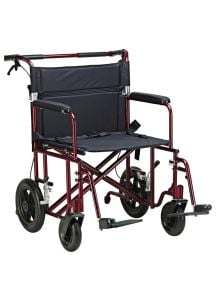
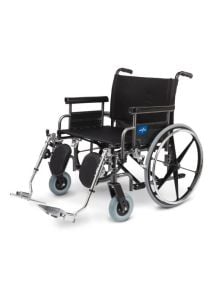
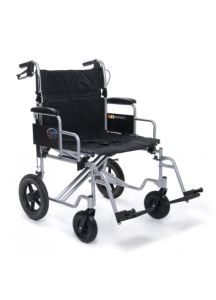
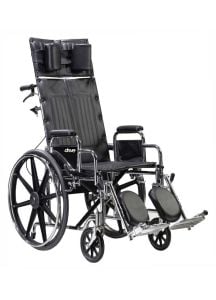
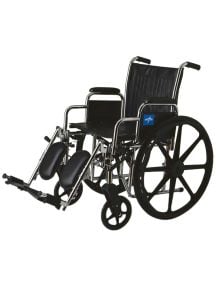
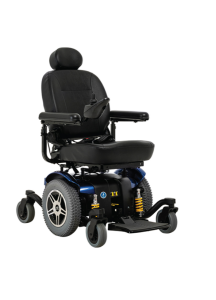
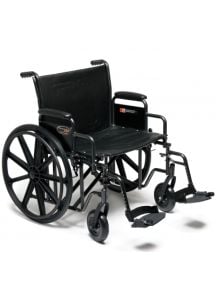
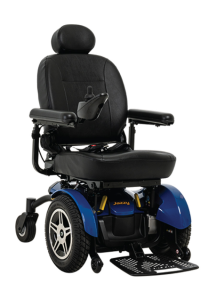

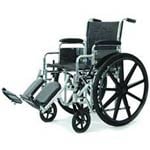
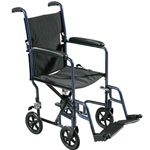
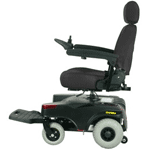
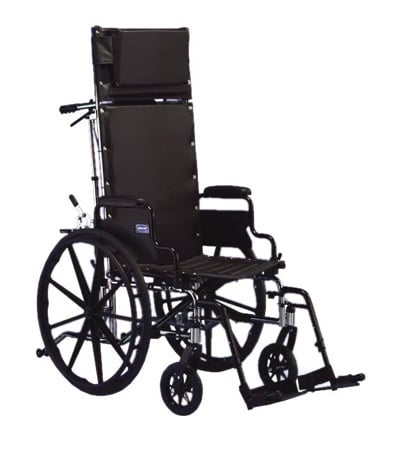
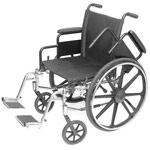
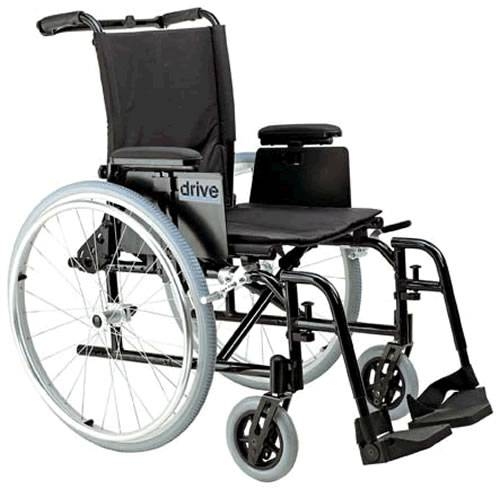
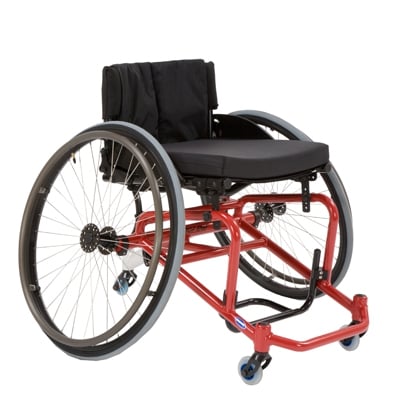
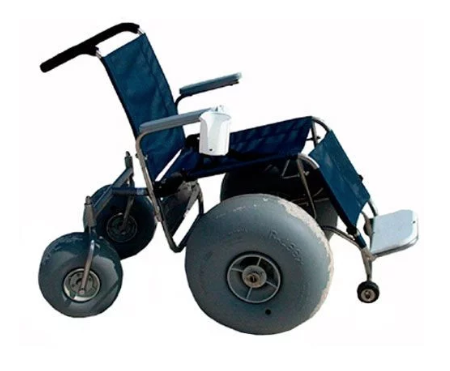
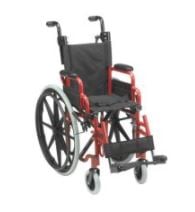
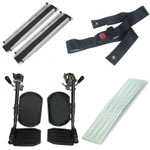
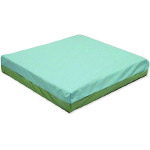
Login and Registration Form